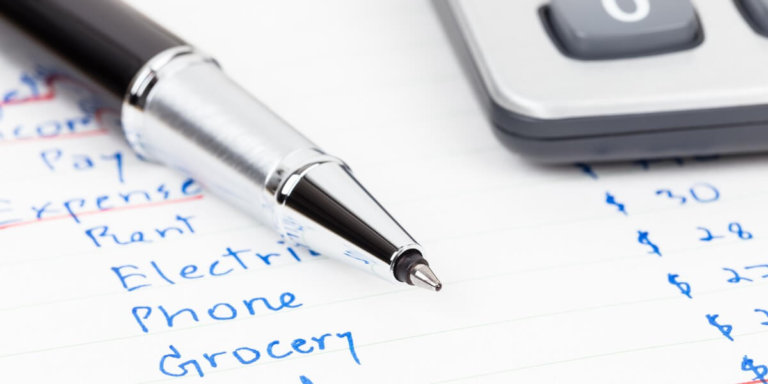
A Japanese budgeting system called ‘kakeibo’ has been trending in the news, but what exactly is it?
‘Kakeibo’ is the japanese term for ‘household finance ledger’, and has traditionally been used by Japanese housewives to track expenses and spending to manage a household budget.
Today, it’s still widely used by Japanese people – not just housewives – to save money by using a ledger.
The popularity surrounding the recent Marie Kondo Netflix show proves that the Japanese are inspirational in their methods of organisation and prudent habits, and kakeibo is no exception.
According to a blurb from an English book about the budgeting system, Kakeibo – The Japanese Art of Budgeting & Saving Money by Fumiko Chiba:
“The premise is simple: at the beginning of each month you sit down with your kakeibo and think mindfully about how much you would like to save and what you will need to do in order to reach your goal. There is space to jot down your weekly spending and reflect on the month just gone.”
A Simple Japanese Money Trick to Become 35% Richer https://t.co/HtCdVOkFY0 #Kakeibo
— 🇲🇳 Г.Ану | Anu Harchu (@AnuHarchu) July 12, 2019
How kakeibo works is at the start of each month, you write down your fixed expenses and income to determine how much money you have available for the rest of the month.
Then, you estimate the savings you wish to achieve for the month and set it aside with the aim of forgetting about it and not touching it during your weekly expenses.
During the month, you track your expenses by dividing them in four different categories – Survival (food, pharmacy, transport), Culture (books, music, shows, movies), Optional (things you don’t necessarily need but choose to do, such as shopping or going out with friends), and Extra (unanticipated expenses like car repairs).
You also establish goals each month, such as saving for a vacation, as well as ‘promises of the month’ like buying cheaper grocery brands.
Then, at the end of the month, you ask yourself four basic questions to determine whether you’re saving more than you are spending:
How much money do you have?
How much money would you like to save?
How much are you actually spending?
How can you improve on that?
According to TreeHugger, “The original kakeibo books have fun illustrations featuring a ‘savings pig’ and an ‘expenses wolf’ that are battling each other throughout the month. The hope, of course, is that the pig will beat the wolf every time.”
While all this doesn’t sound like a novel or new concept (just like Marie Kondo’s methods are not entirely innovative, yet effective), there is a reason why kakeibo has become so popular.
MoneyCrashers wrote that it’s because you process the information you record better when you do so by hand.
“A study published in Psychological Science found that students who took notes in class using longhand were better able to answer in-depth conceptual questions on a subject compared with students who took notes on their laptops.
“The students who wrote out their notes by hand paraphrased and adjusted what they were hearing, taking the time to process the information as they recorded it.”
There are plenty of budgeting apps today that help people manage their personal finances, but they don’t work for everyone.
The idea is that when you write something by hand, rather than tap on a screen, the message is ‘cemented’ in your mind and you are more likely to stick to it.
Students are notoriously known for overspending and being broke at the end of the month, but it could be because they were not taught how to manage their own finances properly, or be mindful over their spending.
A quarter of students find managing their money stressful and nearly half (43%) run out of money by the end of the semester, while one in three (32%) use their overdraft to cover their rent and household bills says @NatWestComm
— Turn2us (@turn2us_org) July 17, 2019
According to MoneyCrashers, “Sitting down and taking a close look at your finances at the start of each month, then taking the time to write down everything that’s coming in and going out, might seem like a drag, but it’s a must if you want to tame the money beast once and for all.”
This method also teaches students to develop a money-saving habit early on so when they start earning their own income, they’ll be more financially literate and meticulous with managing their money.
Struggling to keep to your student budget? Give kakeibo a go and see if it helps you save money and stick to your financial goals.







